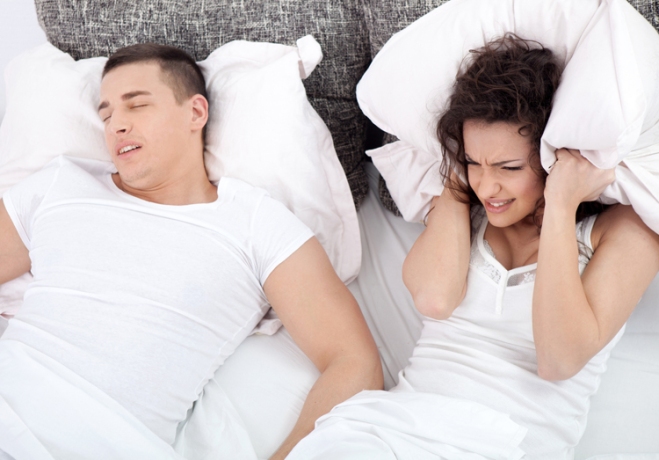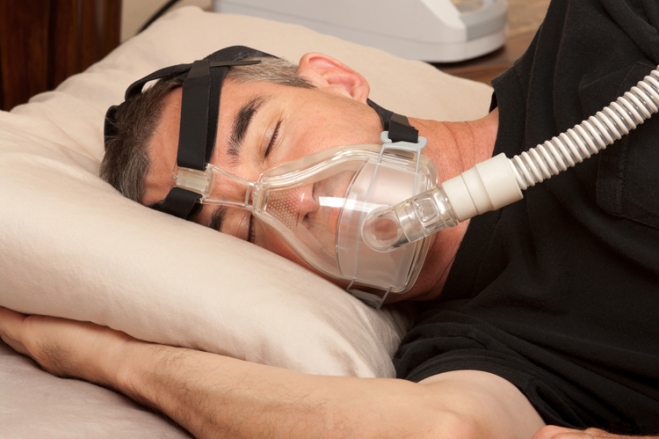
When it comes to oral health, nothing should be taken lightly. The digestion process begins with our teeth. We eat, we smile, and the more pain we experience, the harder life can be. So when the aches and discomforts of TMJ become too much there is no time to waste. Dental patients obviously have a great deal of questions for their dentist. And with TMJ, the more that’s known the better. Perhaps that is why so many people are wondering if it’s possible to treat TMJ themselves.
Cracking of the jaw, popping, discomfort, even headaches are all symptoms. Eating softer foods is one way to combat the pain that comes with such an ailment. Some individuals can even pick up custom night guards to try and waylay the underlying issues. Physical therapy and anti-inflammatories can also help. But when all of those things fail, it’s important to reach out to a dentist. Getting the best services possible from a reliable TMJ doctor in Thousand Oaks can change everything. Devices like a splint can help for a time. Nerve pain medication and even acupuncture can help also. To that extent, there are options. The one choice you shouldn’t make is leaving TMJ untreated.




 The temporomandibular joint, which activates the jaw, is the most used joint in the body. As such, it can create a melting pot of difficulties if inflammation or disarticulation occurs. You may suddenly have difficulty eating or speaking, meaning your temporomandibularjoint is compromised. Or you may start having strange inexplicable pain in your jaw or neck. At the end of these difficulties could lie lockjaw, or a number of other unpleasant scenarios.
The temporomandibular joint, which activates the jaw, is the most used joint in the body. As such, it can create a melting pot of difficulties if inflammation or disarticulation occurs. You may suddenly have difficulty eating or speaking, meaning your temporomandibularjoint is compromised. Or you may start having strange inexplicable pain in your jaw or neck. At the end of these difficulties could lie lockjaw, or a number of other unpleasant scenarios.